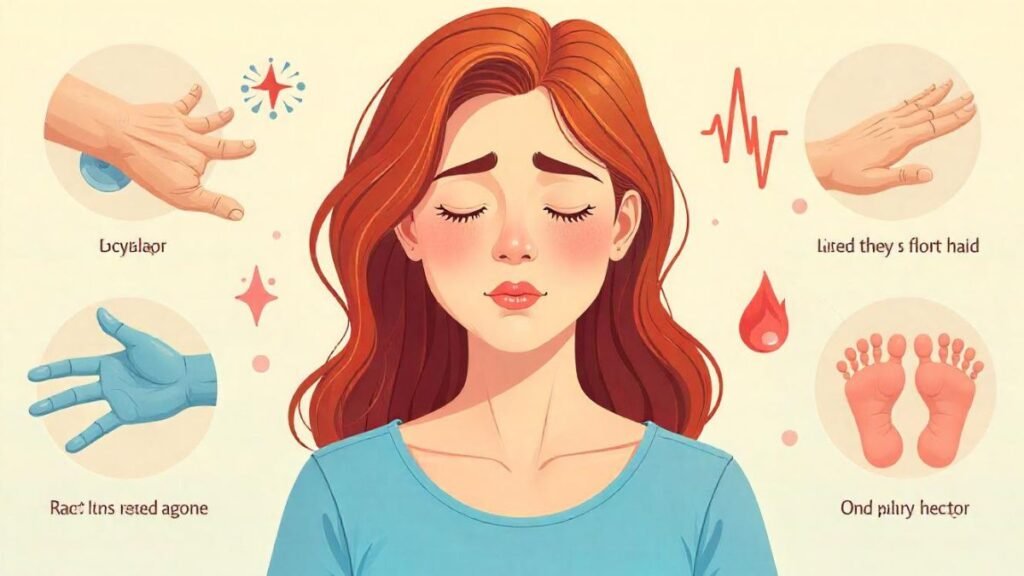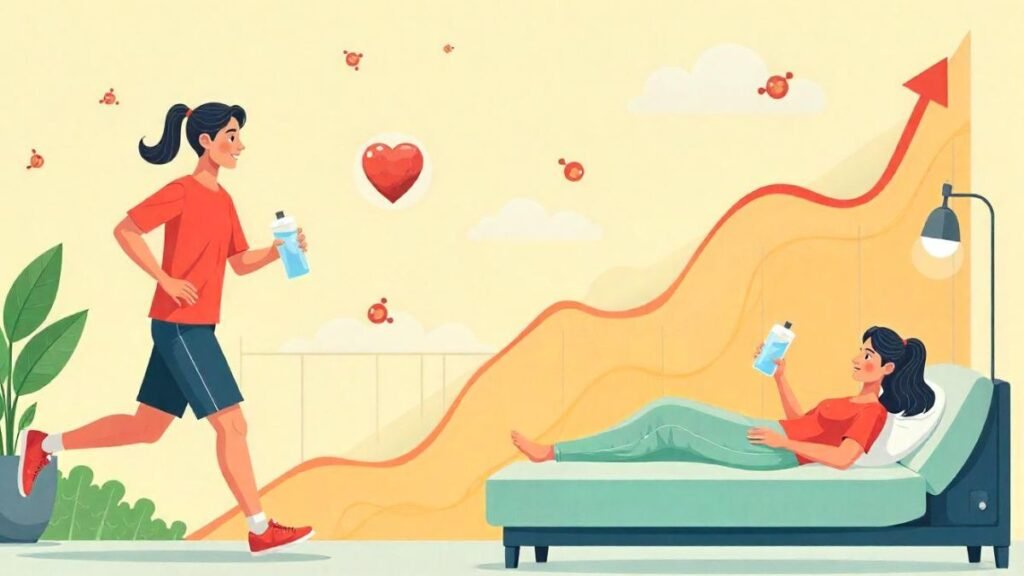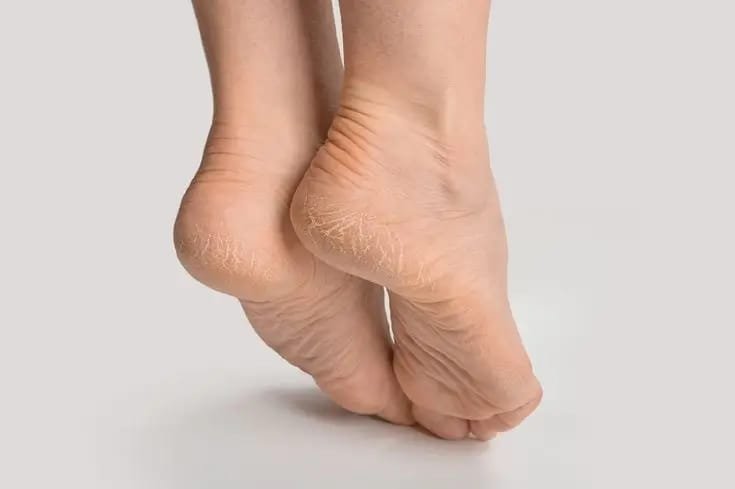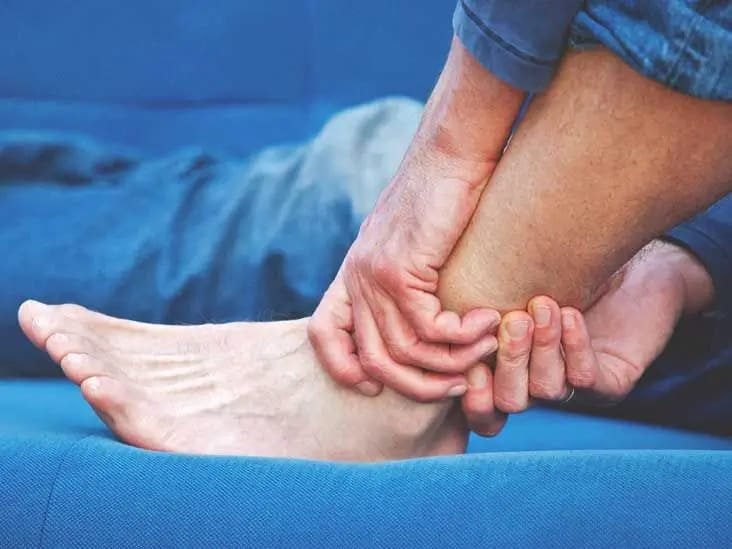Red blood cells include a crucial protein called haemoglobin, which is involved in the movement of oxygen from the lungs to the body’s tissues and organs. The maintenance of adequate haemoglobin levels is essential for immunity, vitality, and general health. Fatigue, dyspnea, and lightheadedness are some of the symptoms of low haemoglobin, which can eventually develop to anaemia.
Understanding Haemoglobin and Its Importance
Iron is found at the center of haemoglobin, which is made up of four globulin chains. Because of the iron, haemoglobin is able to mix with oxygen and carry it through the bloodstream effectively. The body finds it more difficult to receive the oxygen it requires to function when haemoglobin levels fall.
Age and gender have an impact on normal haemoglobin levels. The usual range for adult males is 13.8 – 17.2 grams per deciliter. It ranges from 12.1 to 15.1 grams per deciliter for female adults. The normal range for children is 11 – 16 grams per deciliter.
Symptoms of Low Haemoglobin Levels

Numerous symptoms could be present in a person with low hemoglobin. These may consist of:
- Constant exhaustion or weariness
- Weakness or low vitality
- Yellowish or pale skin
- Breathlessness even during little activity
- Feeling lightheaded or dizzy
- Cold feet and hands
- An erratic or fast heartbeat
Depending on how low the haemoglobin level is, these symptoms can be moderate or severe. For an accurate diagnosis, anyone exhibiting these symptoms should speak with a healthcare provider.
Causes of Low Haemoglobin
Many things can lower haemoglobin levels, Among the most frequent reasons are:
- deficits in certain nutrients, especially folate, vitamin B-12, and iron
- Chronic conditions such rheumatoid arthritis, cancer, and kidney disease
- bleeding from wounds or menstruation
- Bone marrow conditions
- It may also be caused by genetic disorders such as sickle cell anaemia or thalassemia
Before beginning any treatment or dietary modifications, it is imperative to determine the underlying problem.
Natural Ways to Increase Haemoglobin
Making dietary and lifestyle changes can significantly improve haemoglobin levels over time. Below are several natural methods proven to help.
Eat Iron-Rich Foods
The most important nutrient for haemoglobin synthesis is iron. The following foods are naturally high in iron:
- Lamb and beef are examples of red meat.
- Liver with other organ meats
- Poultry, such as turkey and chicken
- Leafy greens, including Swiss chard, kale, and spinach
- Legumes, such as beans, chickpeas, and lentils
- Products made of soy and tofu
- Fortified cereals and whole grains
- Dried fruits, such as apricots and raisins
Enhance Iron Absorption with Vitamin C
Vitamin C enhances iron absorption. To improve iron absorption, consider vitamin C-rich foods in your diet, such as
- Oranges and citrus fruit
- Strawberries
- Kiwi
- Tomatoes
- Broccoli
- Bell peppers
Adding a source of vitamin C to iron-rich meals can help the body absorb iron more efficiently.
Include Folate-Rich Foods
Folate (vitamin B-9) helps the body to produce healthy red blood cells in our body, Good sources include:
- Leafy vegetables
- Eggs
- Avocados
- Nuts and seeds
- Brussels sprouts
- Bananas
4. Don’t Forget Vitamin B-12 and B-6
Both vitamins are necessary for red blood cell production. Add these to your diet:
- Eggs
- Dairy products (milk, cheese)
- Poultry
- Fish (salmon, tuna)
- Fortified breakfast cereals
- Nutritional yeast
5. Avoid Iron Blockers
Some substances can interfere with your body’s ability to absorb iron. Limit consumption of:
- Tea and coffee (especially around meals)
- High-calcium foods like milk and cheese
- Sugary sodas and processed snacks
- Excess fibre from certain cereals or bran
Try to keep a 1–2 hour gap between consuming these and iron-rich foods.
Medical Options to Raise Haemoglobin Levels

If your haemoglobin is dangerously low, diet alone may not be enough. In such cases, medical treatment can help restore healthy levels.
1. Iron Supplements
Doctors often prescribe iron tablets or syrups to combat iron deficiency anaemia. These are usually taken for several weeks until levels normalise.
2. Vitamin Supplements
When blood tests show a deficiency in folate or vitamin B-12, specific supplements are recommended. This helps restore red blood cell production.
3. Injections and IV Therapy
Severe deficiencies may require vitamin B-12 injections or intravenous iron infusions, especially if oral supplements are not effective.
4. Treat Underlying Health Conditions
When low haemoglobin is a result of an underlying illness, such as kidney disease, cancer, or internal bleeding, treating that condition is critical to improving overall blood health.
Lifestyle Habits That Help Increase Haemoglobin

Small, consistent changes in daily habits can significantly impact your haemoglobin levels:
1. Exercise Regularly
Physical activity helps stimulate red blood cell production. Aim for moderate exercises like walking, jogging, or yoga to improve circulation and oxygen delivery.
2. Stay Well Hydrated
Drinking enough water supports healthy blood volume and improves nutrient delivery to the bone marrow where red blood cells are produced.
3. Get Sufficient Sleep
Sleep is essential for cellular repair and regeneration. Adults should get 7 to 9 hours of sleep to everyday.








